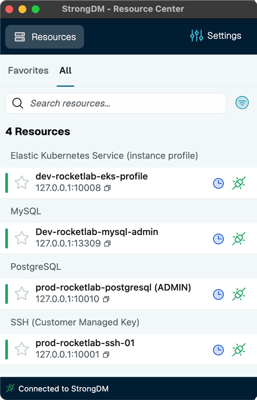The modern cloud is fast, dynamic, and complex. But legacy security tools can’t keep up. As containers and ephemeral resources constantly change, and access requests surge, security teams are left scrambling. Entitlements pile up, visibility fades, and audits become a nightmare.
Posts by Category:
- Security
- Access
- DevOps
- Privileged Access Management
- Auditing
- Zero Trust
- Compliance
- Policy
- Databases
- SOC 2
- Authentication
- Identity and Access Management
- Team
- Compare
- Engineering
- Integrations
- Product
- Kubernetes
- AWS
- Productivity
- Podcasts
- SSH
- Observability
- HIPAA
- ISO 27001
- Role-Based Access Control
- Dynamic Access Management
- Secure Access Service Edge
- Webinars
- Events
- NIST
- Onboarding
- Passwordless
- Offsites
- Platform
- PCI

StrongDM debuts in Gartner’s Magic Quadrant for PAM, redefining privileged access with real-time, policy-based authorization for modern cloud environments.
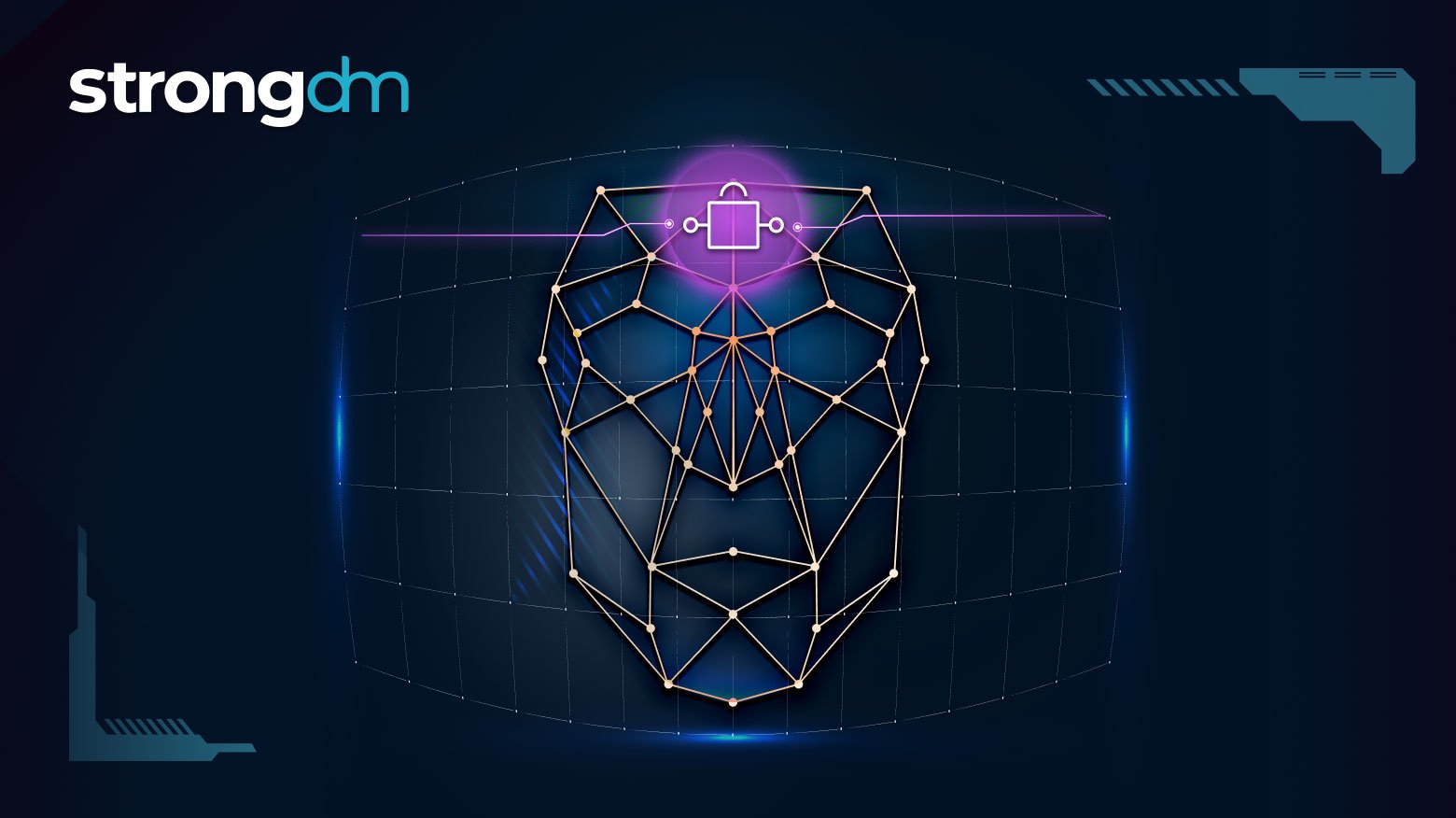
StrongDM introduces Leash, an open-source project delivering real-time policy enforcement for agentic AI. Gain visibility, control, and safety over autonomous workloads with unified access and runtime security.

StrongDM debuts in Gartner’s Magic Quadrant for PAM, redefining privileged access with real-time, policy-based authorization for modern cloud environments.
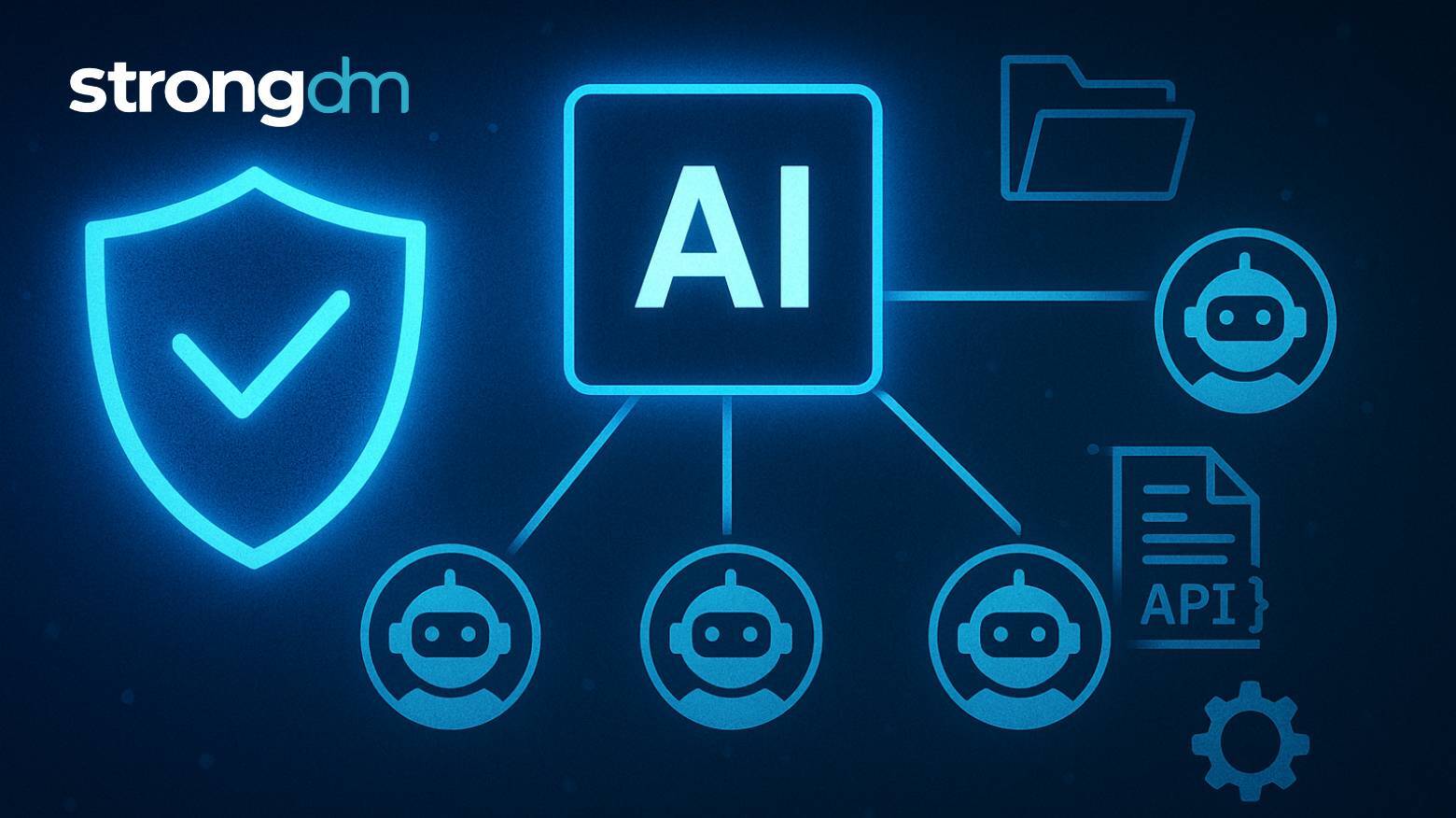
AI agents act autonomously, not just as tools. Learn why enterprises need runtime governance to secure, observe, and control AI behavior in real time.
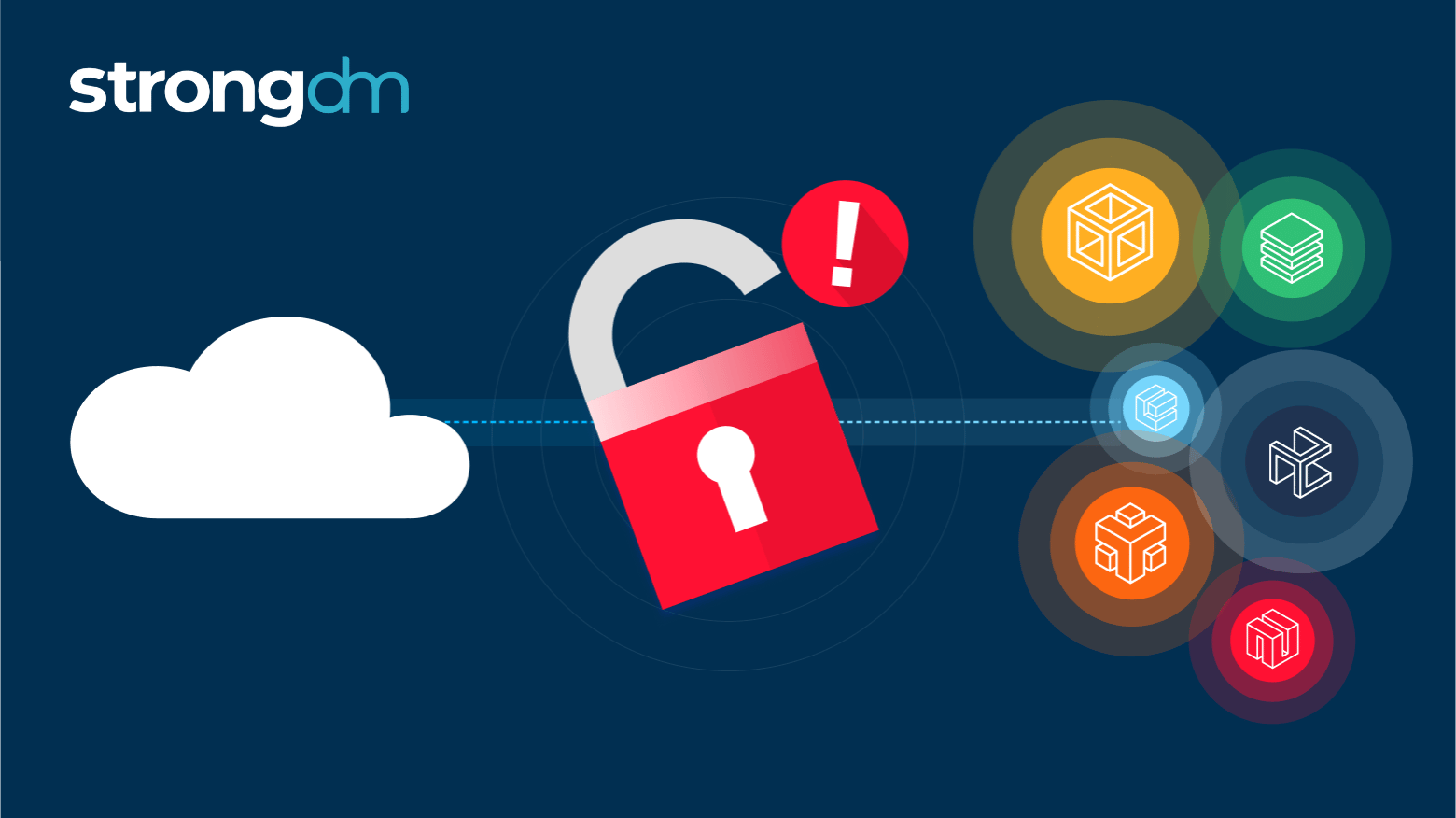
The modern cloud is fast, dynamic, and complex. But legacy security tools can’t keep up. As containers and ephemeral resources constantly change, and access requests surge, security teams are left scrambling. Entitlements pile up, visibility fades, and audits become a nightmare.
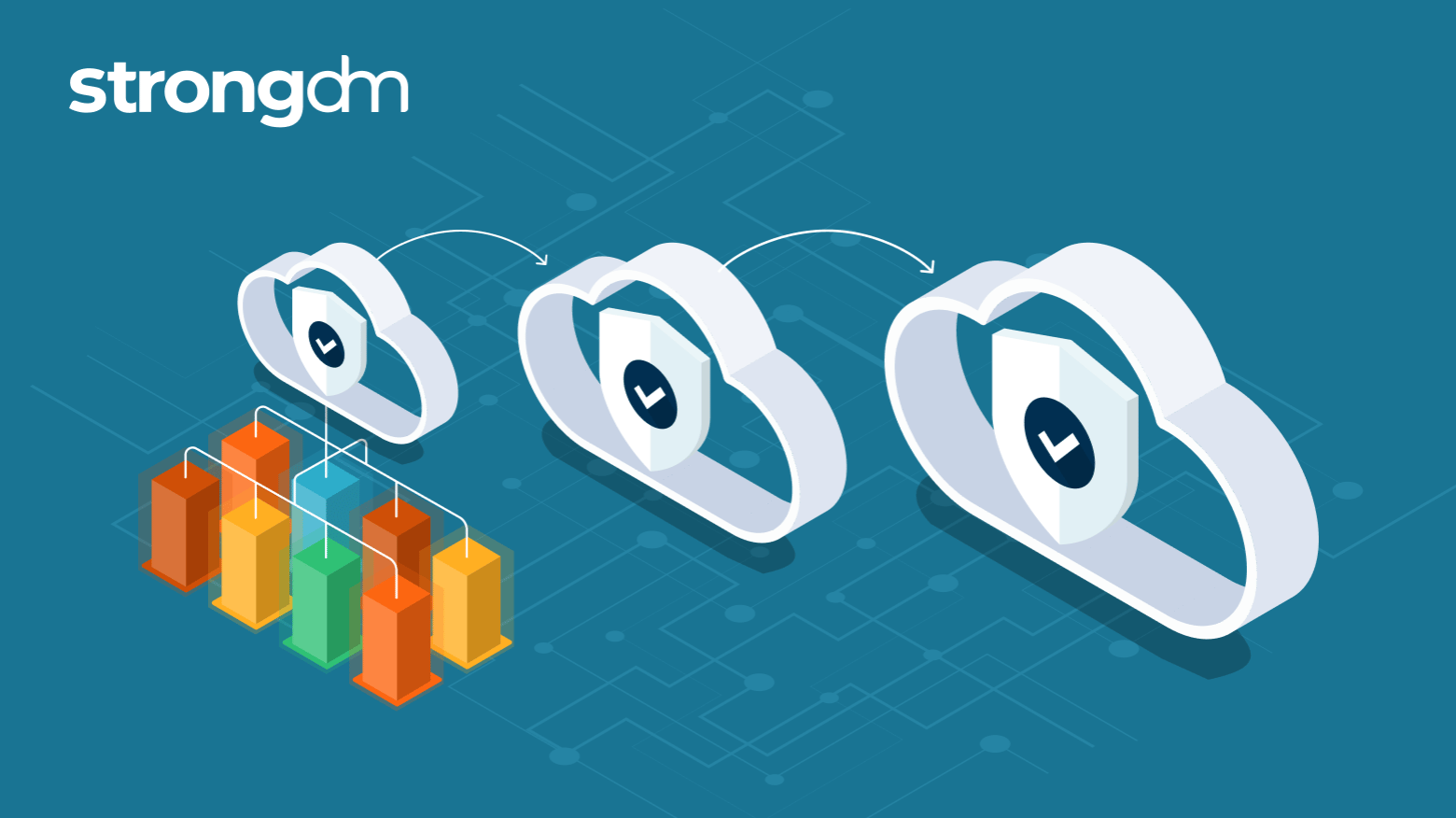
The terms “multi-cloud” and “hybrid cloud” are often used interchangeably, but they solve very different problems. Multi-cloud uses multiple public cloud providers. A hybrid cloud blends public cloud with private or on-prem infrastructure. Your goals, compliance needs, and existing architecture determine which is right for you.
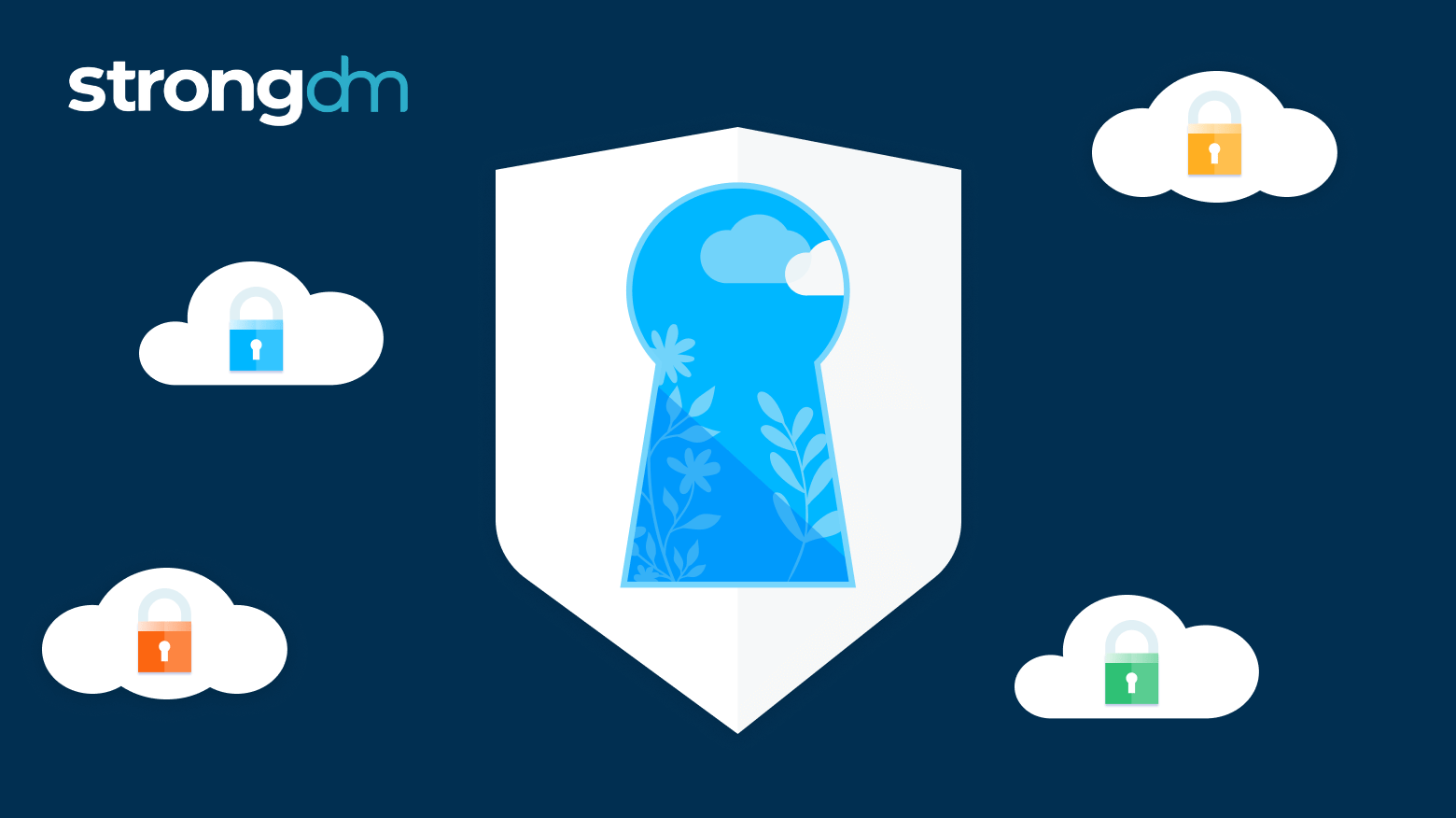
Legacy PAM stalls cloud adoption with cost, complexity, and risk. Discover the cloud-native fix: just-in-time access with StrongDM.
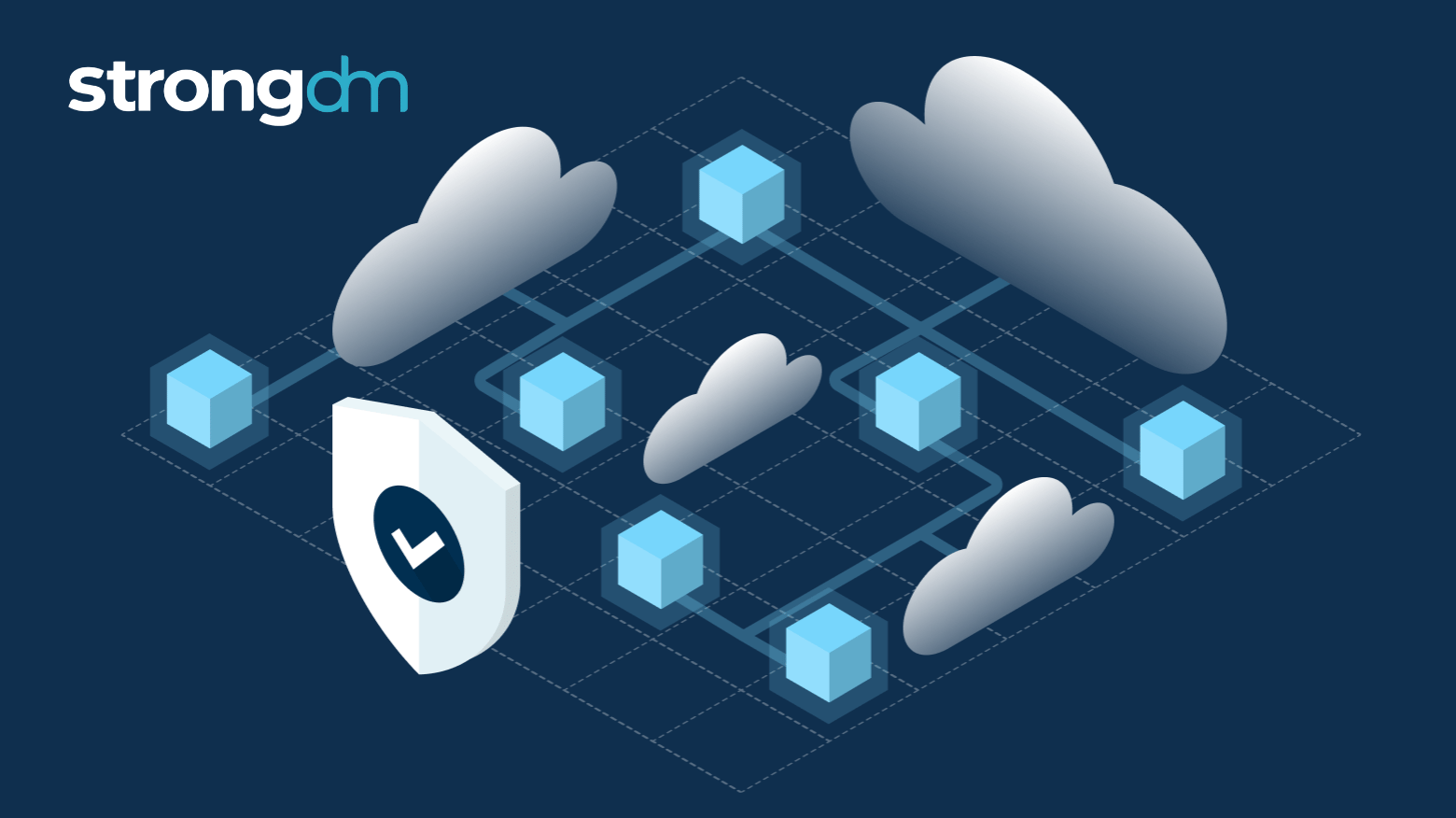
This guide covers the core risks of hybrid cloud security, compliance, and operational, and the eight best practices for locking them down, from Zero Trust and JIT access to unified monitoring, segmentation, and incident response.
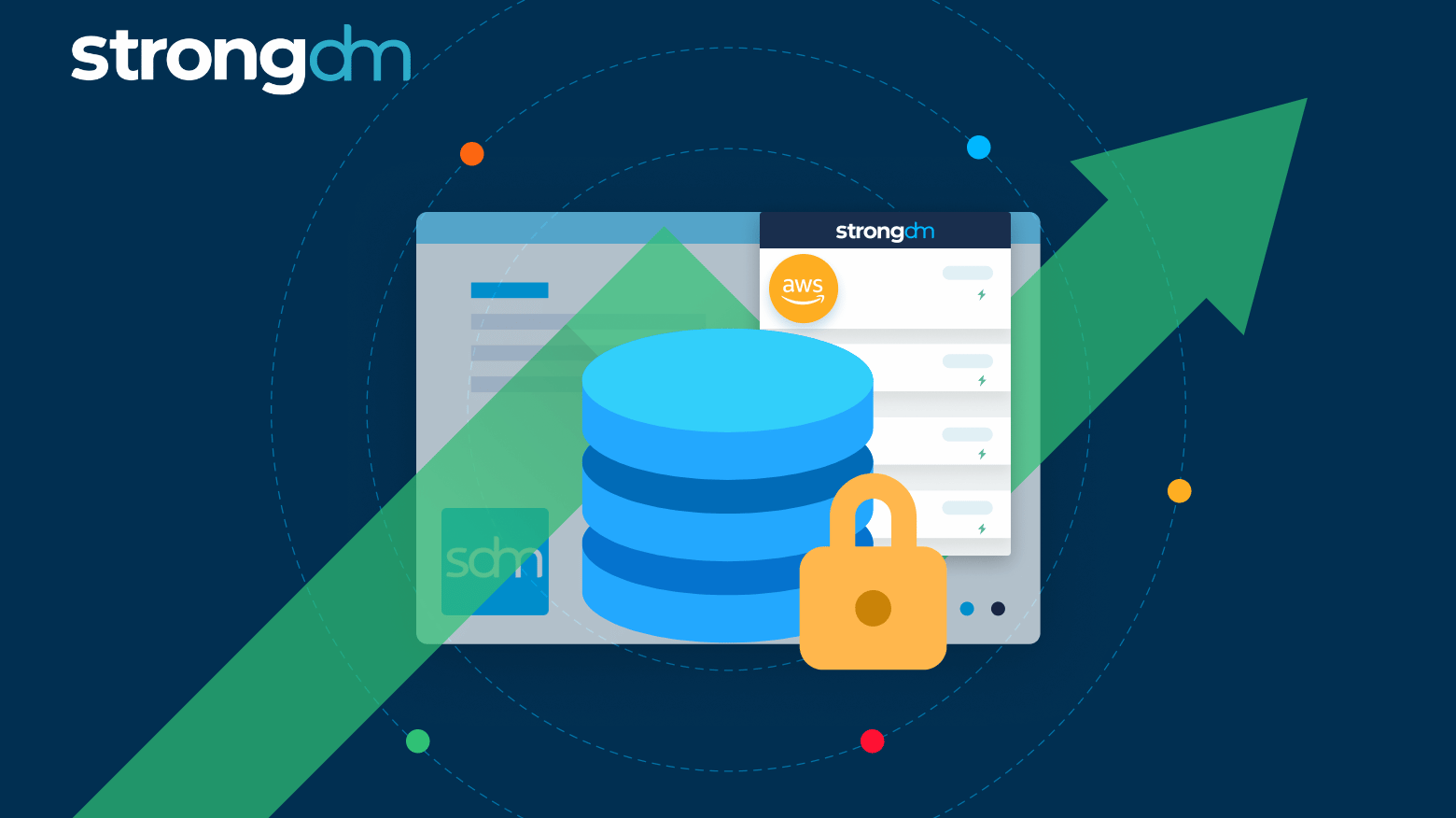
This guide lays out a clear framework for evaluating database security tools, focusing on the risks they mitigate, the controls they deliver, and the outcomes they enable. From access and auditing to encryption, posture management, and recovery, we’ll highlight the best solutions and how they fit together
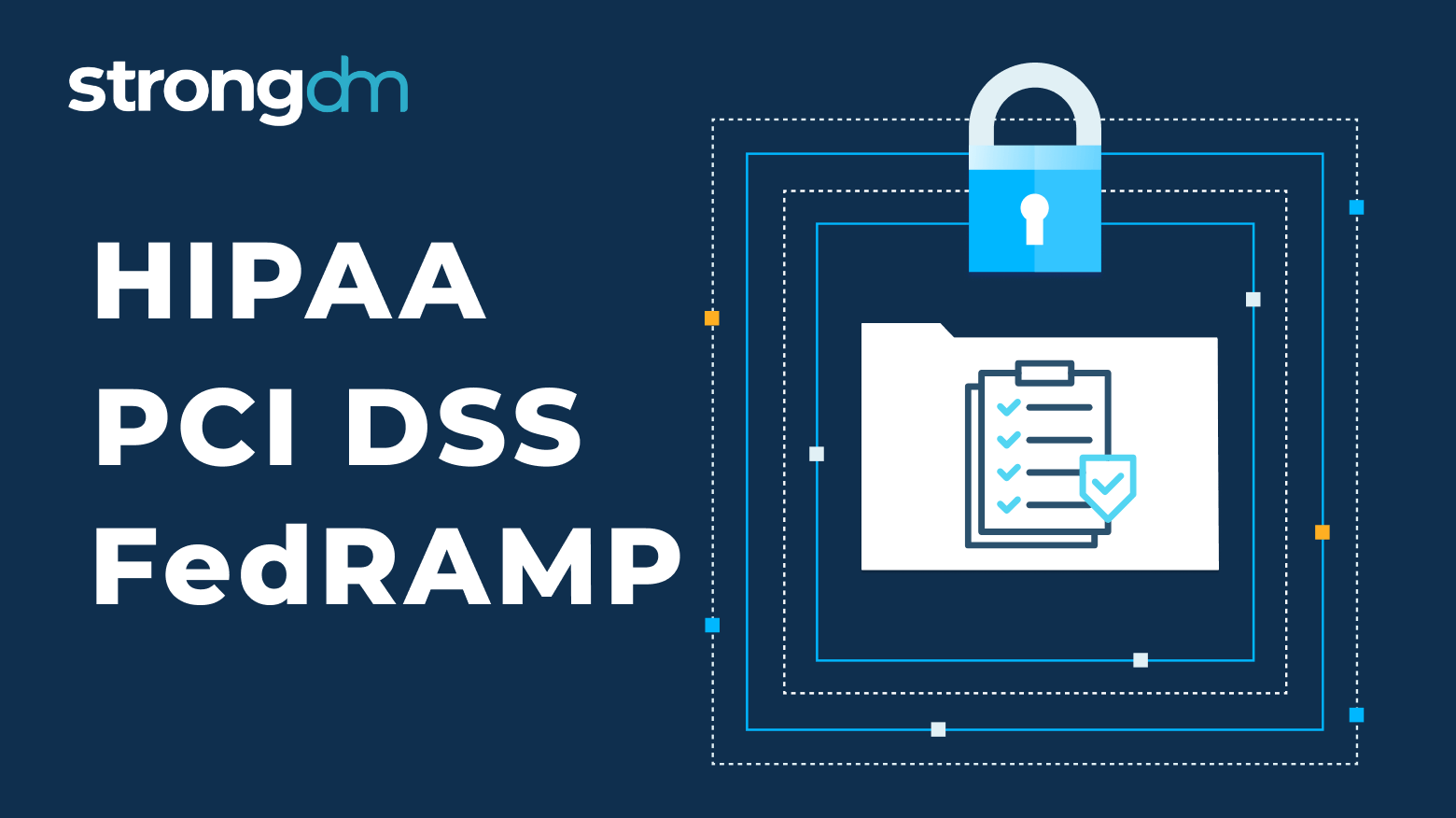
Segregated compute is more than a checkbox; it’s a core requirement in frameworks like PCI DSS, HIPAA, and FedRAMP. At its simplest, it means no user should ever connect directly to sensitive workloads. Every connection must be isolated, controlled, and auditable.
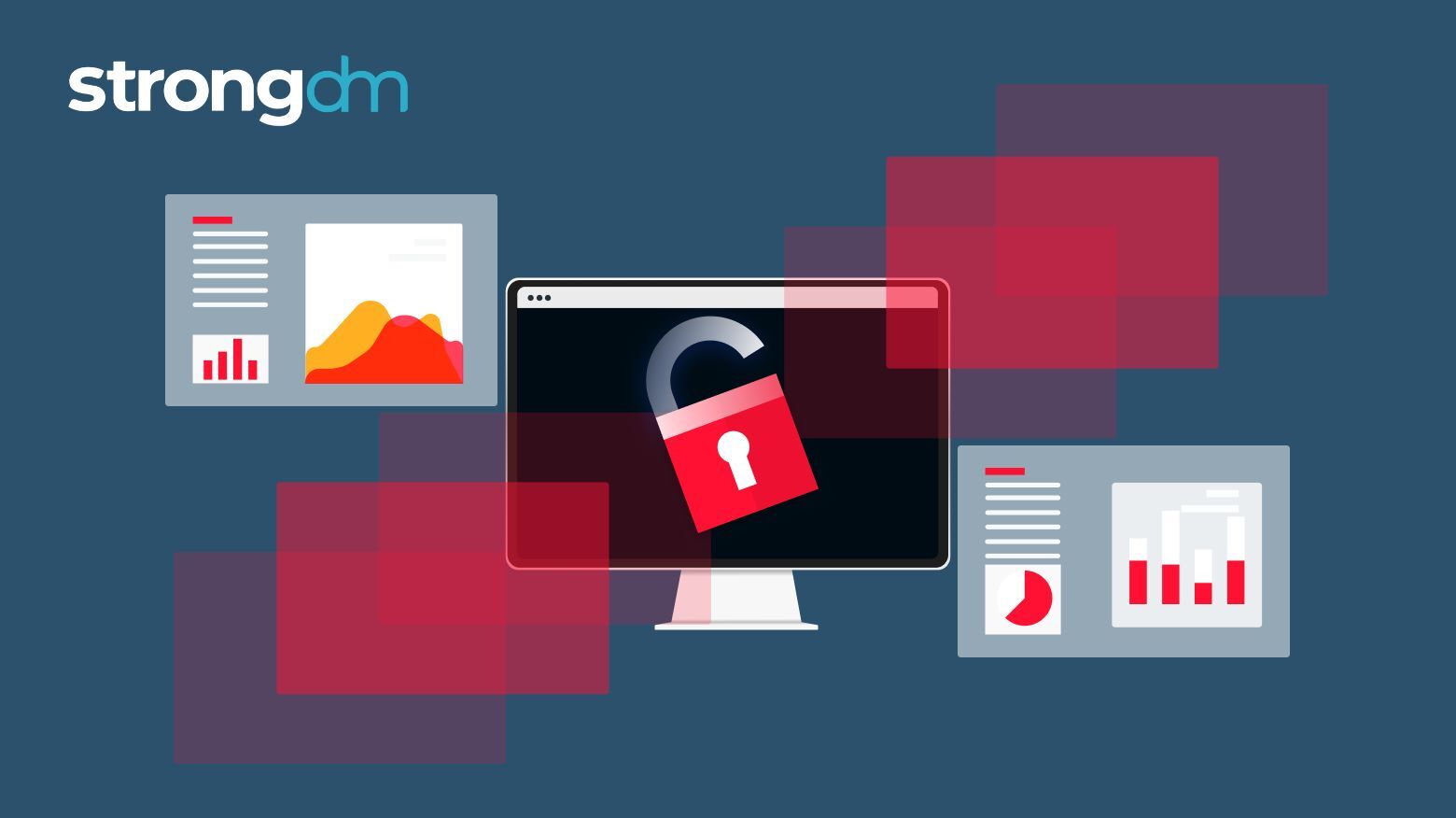
Data breaches are rising worldwide. Learn the latest stats, financial impact, and how to safeguard your organization with modern security.
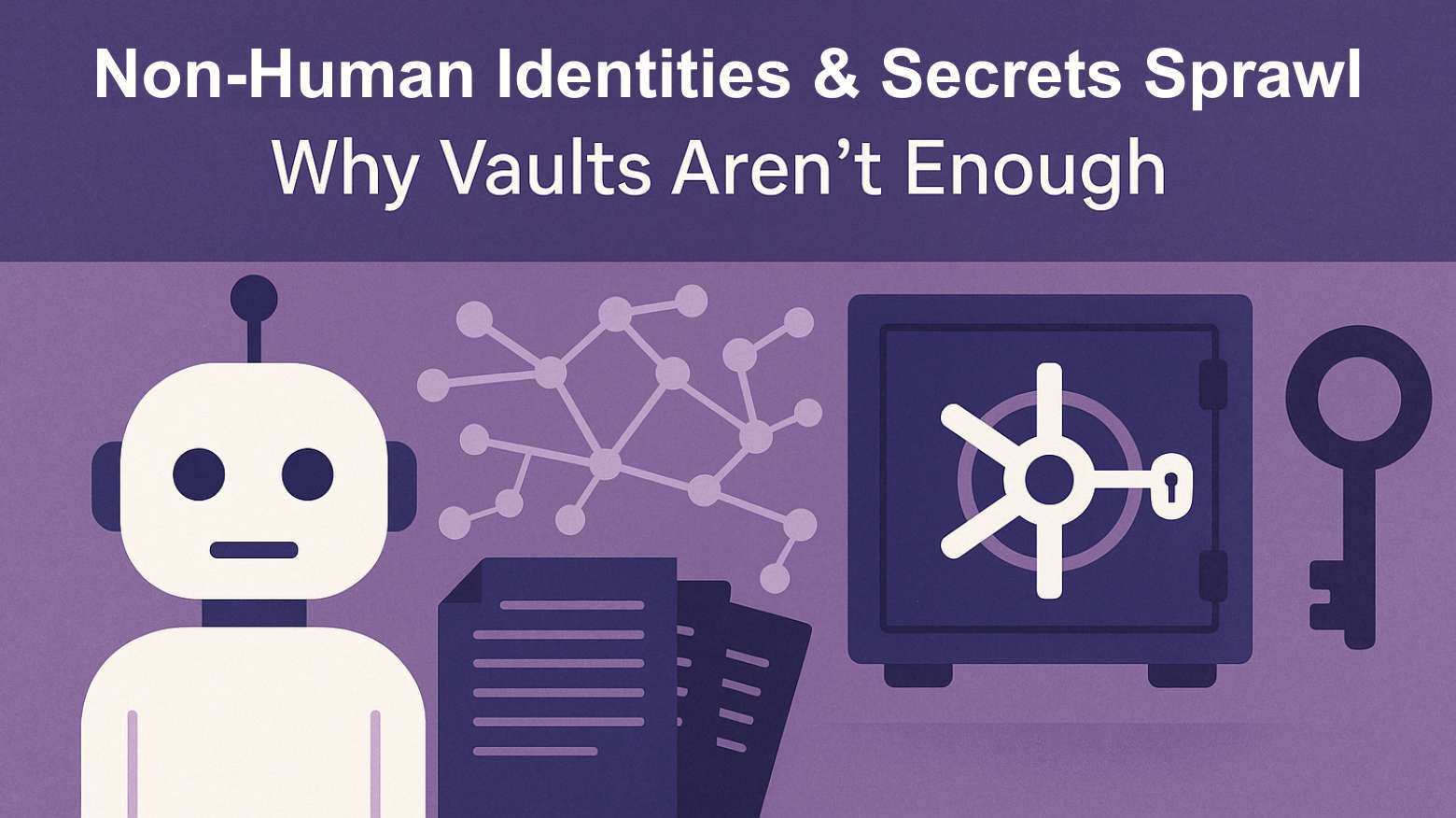
Non-human identities are fueling secrets sprawl, and vaults alone can’t stop it. Learn why NHIs are the primary source of leaked secrets, the limits of traditional secret stores, and how StrongDM governs access in real time without exposing credentials.
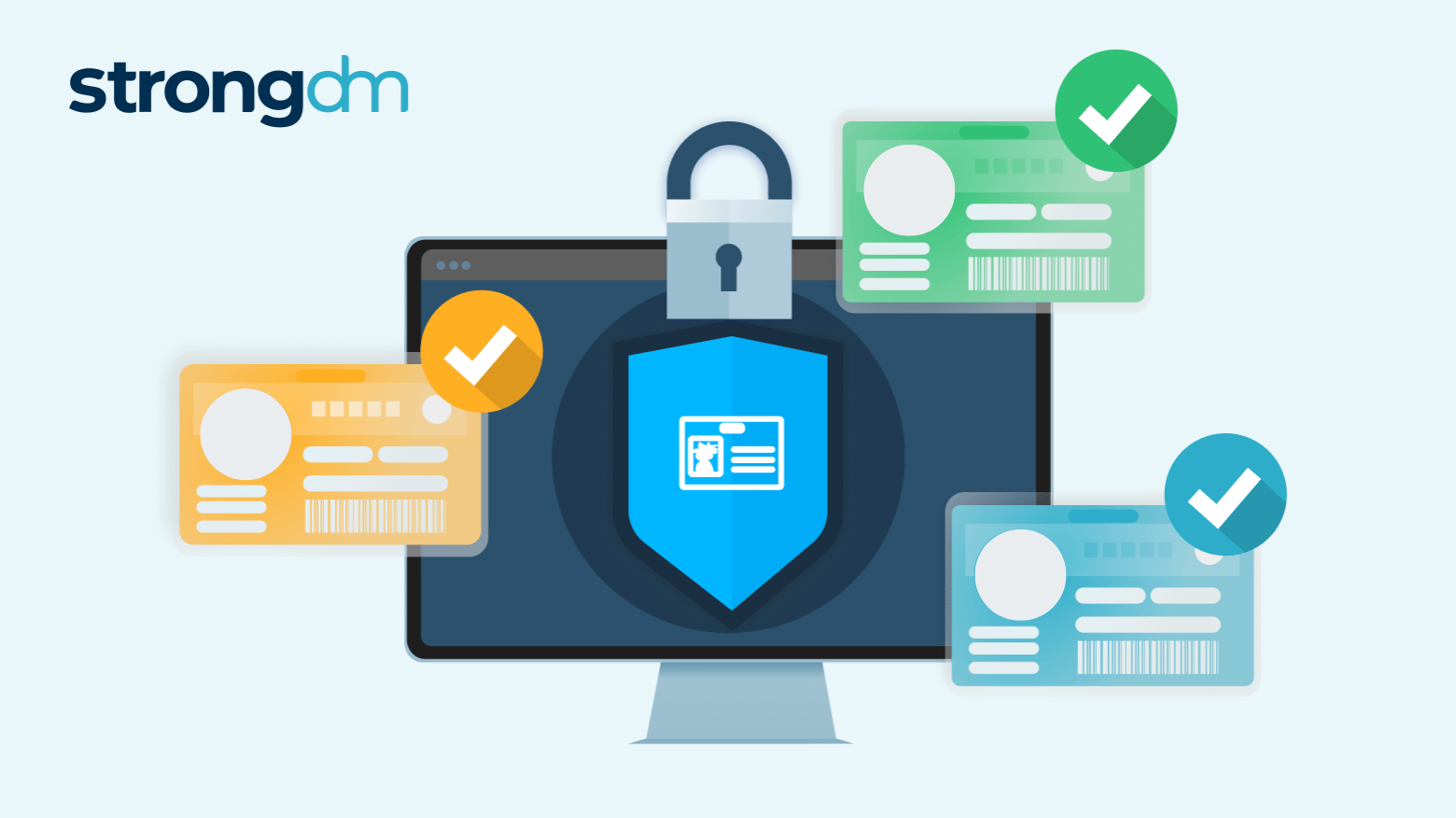
Authorization isn’t just about who gets in, it’s about what they can do once they’re inside. And that’s where most breaches happen. Whether you're enforcing RBAC, ABAC, or context-based policies, effective authorization ensures users only access what they need, no more, no less. This post unpacks how authorization works, compares key models, and explores best practices for enforcing least privilege at scale.

